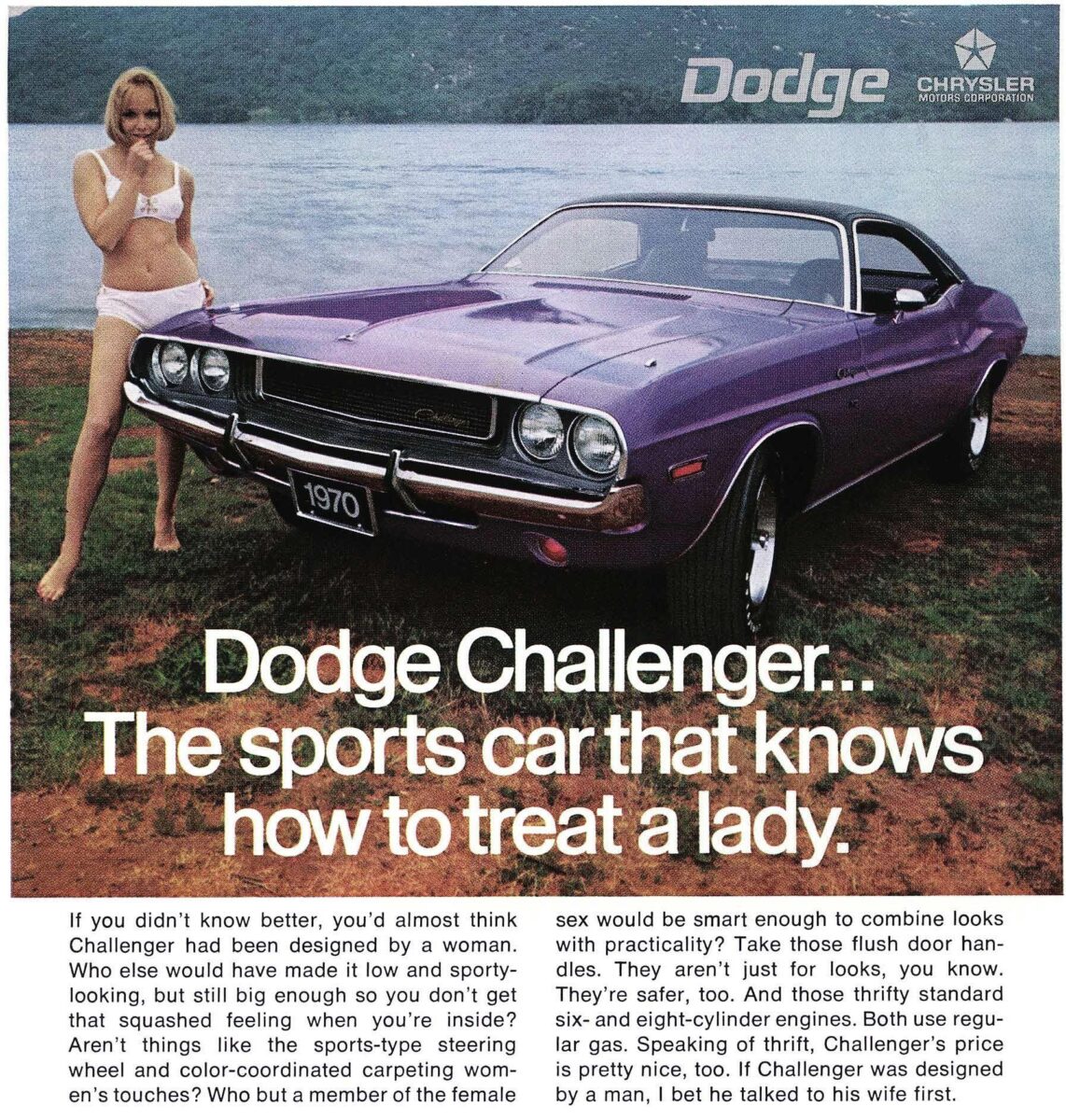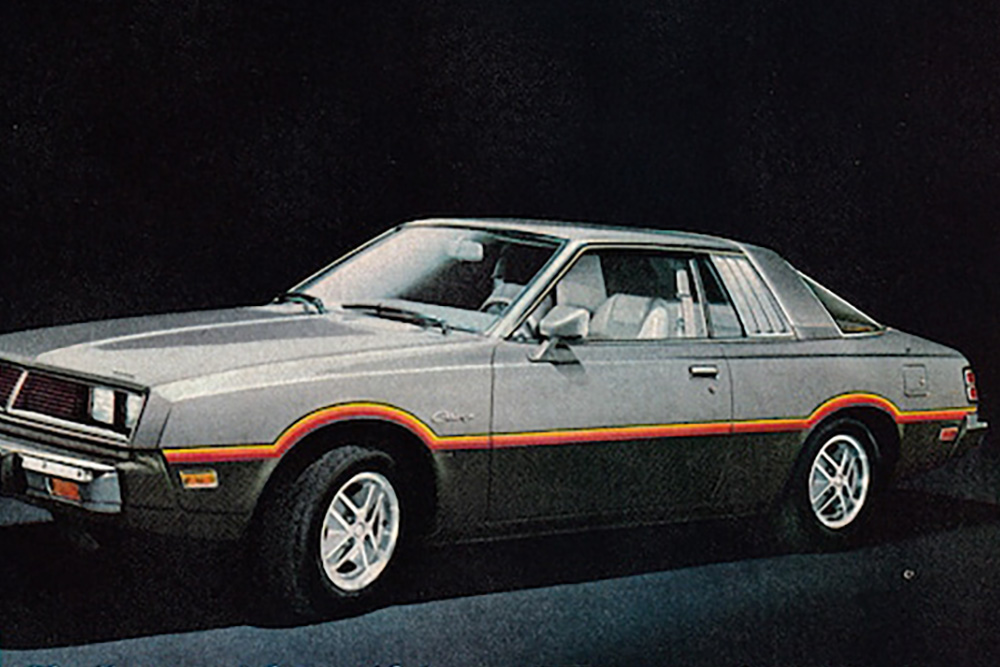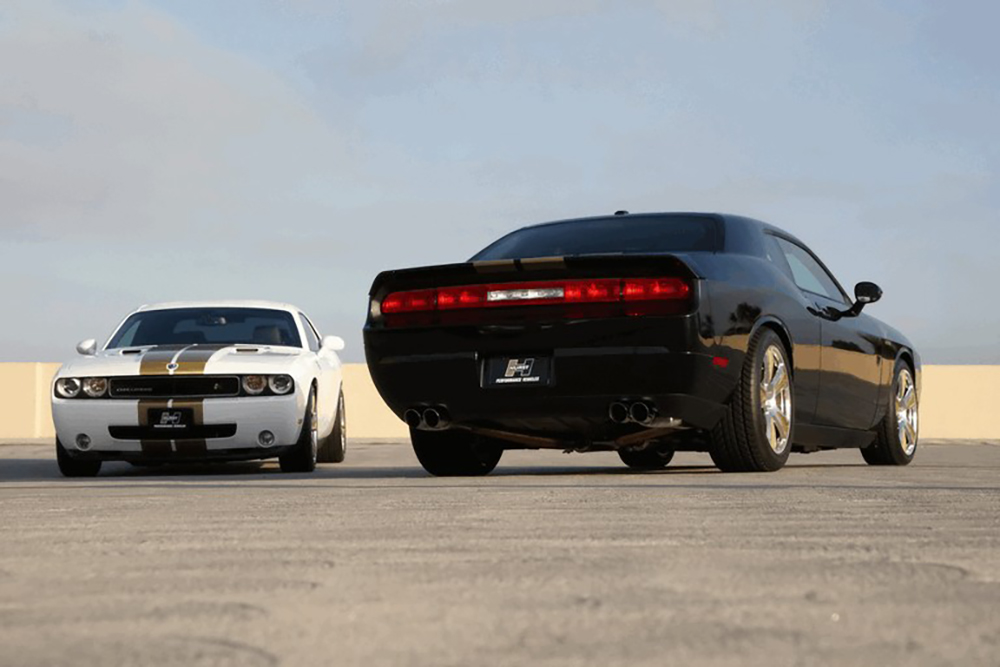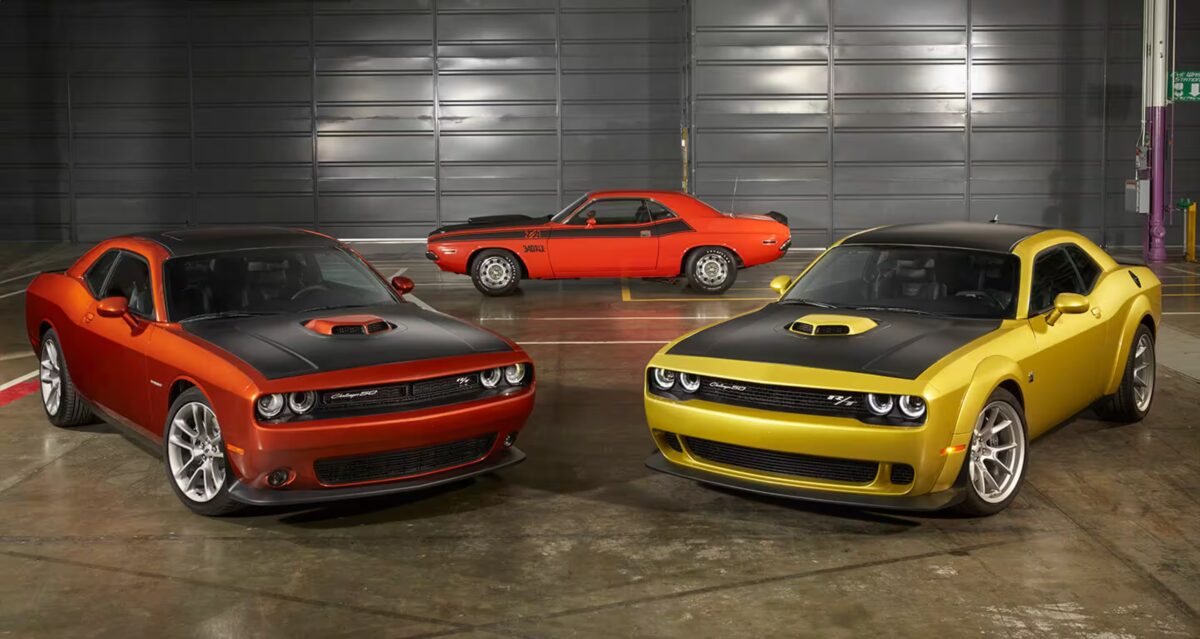Begetting a baby brother, Dodge hatched the Challenger alongside the all-new Barracuda in 1970. Looking very similar to the Plymouth brethren, the Challenger had a slightly longer wheelbase and was meant for a more upscale crowd, and thusly held a pricier MSRP. But, it was nonetheless ferocious of a performance machine, offering the same engines and transmissions, and the same high-performance suspension as the Barracuda.

Interestingly, despite the higher price, the Challenger sold in larger numbers, although compared to the Mustang and Camaro, both sold in considerably smaller numbers. In recent decades, this is largely what made both the Barracuda and Challenger huge with collectors – the chance to own something insanely powerful and much more unique than the offerings from Ford and Chevrolet. In fact, some ’Cudas and Challengers were known to trade hands for a million dollars. Granted, these were the rarest of the rare, cars that were one-of-ones, usually with a Hemi engine or at least a 440, and likely a convertible. Today, though, those prices seem to have faded out – but these rare Mopars still seem to command a healthy premium over other muscle cars of the era.
Future Challengers
The Challenger would cease production with the Barracuda by the end of 1974, but would return in the early 1980s as a Mitsubishi-built coupe with sporty styling, bucket seats, special striping, and more. It was, the early 1980s, after all, and the world was looking for fuel-sipping solutions in a world that was supposedly low on fuel.

Dodge experimented with the Challenger name on a small car, and it was received with lukewarm love. Interestingly, today, those Challengers from the 1980s are exceedingly rare, most having succumbed to poor maintenance practices, and junked early in their lives. Ironically, a similar practice to how so many original Challengers met their fate – abusive owners who raced them to within an inch of their lives, and – well, that’s that. Making the rare even rarer. Plymouth would not revive the Barracuda in the 1980s, leaving it in the 1970s.
Late model Challengers
After a hiatus again in the late 1980s and 1990s, the Challenger would be reintroduced for the new millennium, with a body resembling very closely the original 1970 Challengers. It was a brilliant marketing move and Dodge sold a large number of them. Based on a Mercedes-Benz chassis, the Challenger was available with a V-6 and a string of Hemi V-8s, a lineup that would grow over the years with higher displacement Hemis, again, recalling the days when big-cube Challengers dominated the streets. In 2023, the last Challenger rolled off the assembly line, once again suspending the name from the Dodge roster.

Why do we like them?
Both the Plymouth Barracuda and Dodge Challenger were often considered the underdog, especially in sales, and there was little reason for it. Barracuda went fender-to-fender with the Mustang on debut, but simply put, Ford out marketed the Barracuda with a promotional campaign that put all other campaigns to shame. As such, very few were able to see a Barracuda, let alone buy one. Mustang fever was at an all-time pitch by mid-1964, and no one could see beyond it. And we love a good David and Goliath kind of story.
By the time the pony cars were evolving into muscle cars, Dodge released the Challenger. Both the Barracuda and Challenger were spectacular muscle cars, giving people lots of reason to pay attention to Mopar. This is especially true when you take into account that the Barracuda and Challenger were accompanied on the showroom floor by other powerful offerings like the Plymouth Roadrunner, GTX, and Fury; or the Dodge Charger, Super Bee, and Coronet. Interestingly, Dodge and Plymouth had fast offerings for anything they built. If the customer had the funds, they could slap a Hemi into just about anything they wanted. They were marketing performance over all else.

For the later generations, even the little Mitsubishi-based Challenger is interesting, if for no other reason than it was a moment in car history when collaborations between manufacturers were happening, and companies were marketing small-displacement engines as performance engines, and actually making it work. Of course, turbocharging helped greatly, and the Dodge Daytona/Chrysler Lazer would largely steal the spotlight on 4-cylinder turbo performance cars, not to mention the often overlooked GLH and GLHS versions of the 1980s Dodge Charger and Dodge Omni. Interestingly, these cars could hang with the V-8-powered Mustangs, Camaros, and Firebirds of the day, proving that with the right engineering and a turbo, there’s nothing wrong with 4-cylinders.